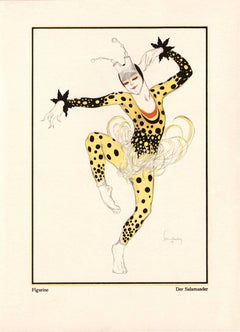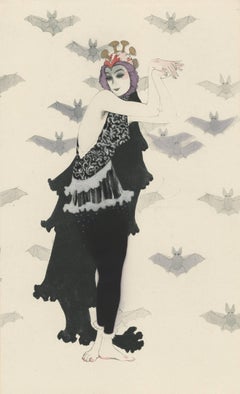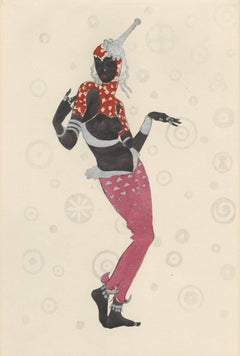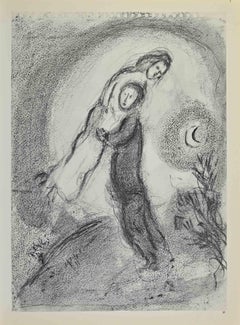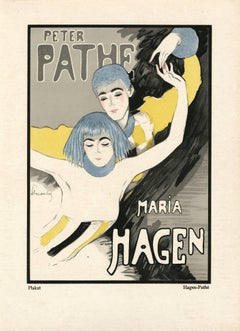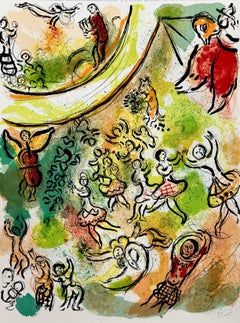Art
1910s Expressionist Art
Lithograph
1920s Art Deco Art
Paper
1920s Art Deco Art
Paper
1960s Surrealist Art
Lithograph
1910s Expressionist Art
Lithograph
1960s Abstract Art
Lithograph
1910s Expressionist Art
Lithograph
1920s French School Art
Etching
1960s Abstract Art
Lithograph
1920s Art Deco Art
Paper
1950s Surrealist Art
Etching
1920s Art Deco Art
Paper
1910s Expressionist Art
Lithograph
1920s Art Deco Art
Paper
1920s Art Deco Art
Paper
1910s Expressionist Art
Lithograph, Paper
1950s Art
Paper
1920s Art
Lithograph
1950s Surrealist Art
Etching
1970s Art
Lithograph
1910s Expressionist Art
Paper
1960s Surrealist Art
Paper, Lithograph
1960s Surrealist Art
Lithograph
Mid-20th Century Modern Art
Lithograph
1960s Surrealist Art
Lithograph
1960s Modern Art
Lithograph
1960s Surrealist Art
Lithograph
1960s Surrealist Art
Lithograph
1970s Modern Art
Lithograph
1960s Modern Art
Lithograph
1960s Surrealist Art
Paper, Lithograph
1960s Surrealist Art
Lithograph
1970s Modern Art
Lithograph
1960s Art
Lithograph
1950s Art
Lithograph
1960s Modern Art
Lithograph
1960s Modern Art
Lithograph
1960s Symbolist Art
Lithograph
1970s Surrealist Art
Paper, Lithograph
1960s Symbolist Art
Pen, Gel Pen
1980s Art
Etching
1960s Surrealist Art
Paper, Lithograph
1960s Surrealist Art
Photogravure
1960s Surrealist Art
Lithograph
Mid-20th Century Modern Art
Lithograph
1970s Surrealist Art
Woodcut
1970s Surrealist Art
Lithograph, Paper
1960s Surrealist Art
Photogravure
20th Century Modern Art
Paper, Etching
1970s Modern Art
Lithograph
1950s Surrealist Art
Etching
1960s Art
Lithograph
1960s Art
Lithograph
1950s Art
Lithograph
1960s Art
Lithograph
1960s Modern Art
Lithograph
1950s Surrealist Art
Etching
20th Century Modern Art
Paper, Lithograph
Shop Art on 1stDibs: Photography, Drawings, Prints, Sculptures and Paintings for Sale
Whether growing your current fine art collection or taking the first steps on that journey, you will find an extensive range of original photography, drawings, prints, sculptures, paintings and more on 1stDibs.
Visual art is among the oldest forms of expression, and it has been evolving for centuries. Beautiful objects can provide a window to the past or insight into our current time. Art collecting enhances daily life through the presence of meaningful work. It displays an appreciation for culture, whether a print by Elizabeth Catlett channeling social change or a narrative quilt by Faith Ringgold.
Contemporary art has lured more initiates to collecting than almost any other category, with notable artists including Yayoi Kusama, Marc Chagall, Kehinde Wiley and Jean-Michel Basquiat. Navigating the waiting lists for the next Marlene Dumas, Jeff Koons or Jasper Johns has become competitive.
When you’re living with art, particularly as people more often work from home and enjoy their spaces, it’s important to choose art that resonates with you. While the richness of art with its many movements, styles and histories can be overwhelming, the key is to identify what is appealing and inspiring. Artwork can play with the surrounding color of a room, creating a layered approach. The dynamic shapes and sizes of sculptures can set different moods, such as a bronze by Miguel Guía on a mantel or an Alexander Calder mobile suspended over a table. A wall of art can evoke emotions in an interior while showing off your tastes and interests. A salon-style wall mixing eclectic pieces like landscape paintings with charcoal drawings is a unique way to transform a space and show off a collection.
For art meditating on the subconscious, investigate Surrealists like Joan Miró and Salvador Dalí. Explore Pop art and its leading artists such as Andy Warhol, Rosalyn Drexler and Keith Haring for bright and bold colors. Not only did these artists question art itself, but also how we perceive society. Similarly, 20th-century photography and abstract painting reconsidered the intent of art.
Abstract Expressionists like Helen Frankenthaler and Lee Krasner and Color Field artists including Sam Gilliam broke from conventional ideas of painting, while Op artists such as Yaacov Agam embraced visual trickery and kinetic movement. Novel visuals are also integral to contemporary work influenced by street art, such as sculptures and prints by KAWS.
Realist portraiture is a global tradition reflecting on what makes us human. This is reflected in the work of Slim Aarons, an American photographer whose images are at once candid and polished and appeared in Holiday magazine and elsewhere. Innovative artists Mickalene Thomas and Kerry James Marshall are now offering new perspectives on the form.
Collecting art is a rewarding, lifelong pursuit that can help connect you with the creative ways historic, modern and contemporary artists have engaged with the world. For more tips on piecing together an art collection, see our guide to buying and displaying art.
Find photography, drawings, paintings, prints and other art for sale on 1stDibs.
